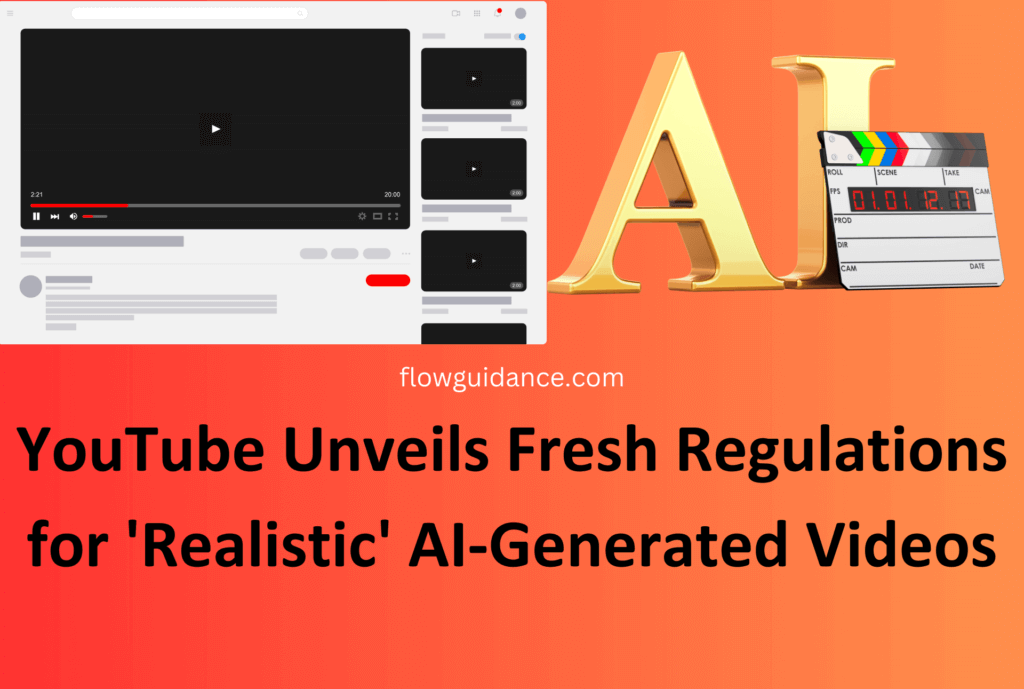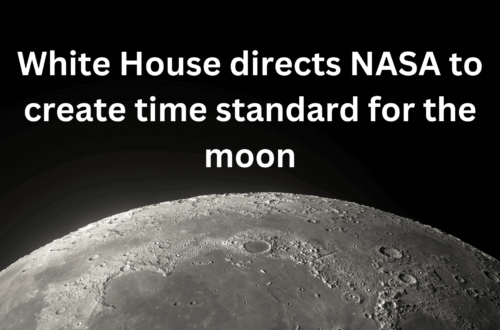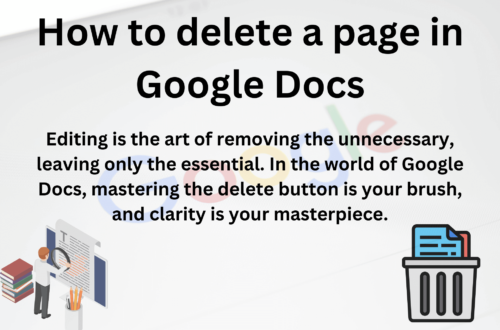Introduction YouTube video New Guidelines
In the digital age, the proliferation of artificial intelligence (AI) has revolutionized content creation, blurring the lines between reality and simulation. As AI technologies become increasingly sophisticated, platforms such as YouTube are faced with the challenge of regulating AI-generated content to maintain transparency and authenticity. In response to this growing concern, YouTube has implemented new guidelines aimed at labeling videos created using AI. This essay explores the implications of YouTube’s transparency imperative, delving into the nuances of AI-generated content, the significance of labeling, and the platform’s evolving approach to content moderation.
Understanding AI-Generated Content:
AI-generated content refers to media, including photos, videos, and audio, that is produced or altered using artificial intelligence algorithms. These algorithms can generate lifelike visuals, simulate human speech, and even compose music with remarkable accuracy. With advancements in deep learning and neural networks, AI models can mimic human creativity and produce content that is indistinguishable from reality.
The Rise of AI-Generated Content on YouTube:
The rise of AI-generated content on YouTube has been propelled by advancements in AI technology and the accessibility of tools for content creation. Creators are leveraging AI algorithms to produce realistic videos, manipulate imagery, and automate various aspects of content production. While AI-generated content offers new creative possibilities, it also raises concerns about misinformation, copyright infringement, and ethical implications.
YouTube's Transparency Initiative:

Recognizing the need for transparency in AI-generated content, YouTube has introduced new guidelines requiring creators to label videos made using AI. These guidelines aim to inform viewers about the use of AI technology and distinguish between authentic and synthesized content. Creators are required to label videos that feature synthetic voices, altered visuals, or modified footage of real events or locations.
Implications of Labeling AI-Generated Content:
The labeling of AI-generated content on YouTube has significant implications for creators, viewers, and the platform itself. For creators, labeling requirements introduce an additional step in the content creation process and may impact the discoverability and reach of their videos. However, transparent labeling can build trust with viewers and mitigate concerns about deceptive or misleading content. From a viewer’s perspective, clear labeling allows for informed consumption of content and facilitates discernment between real and synthetic media. For YouTube, transparent labeling reinforces its commitment to user trust and integrity, while also serving as a deterrent against the spread of misinformation.
Challenges and Considerations:
While YouTube’s transparency initiative is a step in the right direction, it poses challenges and considerations for creators, viewers, and the platform. Creators may face difficulties in accurately labeling AI-generated content, especially when the distinction between real and synthetic media is subtle. Moreover, the subjective nature of realism may complicate labeling decisions, leading to inconsistencies in enforcement. From a viewer’s standpoint, reliance on labels may not be sufficient to discern the authenticity of content, particularly as AI technology continues to advance. Additionally, YouTube must balance transparency with innovation, ensuring that labeling requirements do not stifle creativity or deter creators from experimenting with AI technology.
Future Directions and Conclusion:
As YouTube continues to navigate the terrain of AI-generated content, future developments in technology and policy are likely to shape the platform’s approach to transparency and authenticity. Enhanced tools for content moderation, improved algorithms for detecting AI-generated media, and community feedback mechanisms will play a crucial role in maintaining trust and integrity on the platform. Ultimately, YouTube’s transparency initiative reflects a commitment to fostering a responsible and accountable digital ecosystem, where creators, viewers, and the platform coexist harmoniously in an era of AI-driven content creation.
Conclusion:
In an age defined by technological innovation and digital transformation, the emergence of AI-generated content presents both opportunities and challenges for platforms like YouTube. By implementing transparency measures such as labeling requirements, YouTube aims to uphold integrity and foster trust among its user community. As AI technology continues to evolve, the platform must adapt its policies and practices to ensure responsible content creation and consumption. Through collaboration, innovation, and a commitment to transparency, YouTube can navigate the complex terrain of AI-generated content while maintaining its position as a leader in online video sharing.
For further exploration and insights, feel free to visit flow guidance.






Your point of view caught my eye and was very interesting. Thanks. I have a question for you.